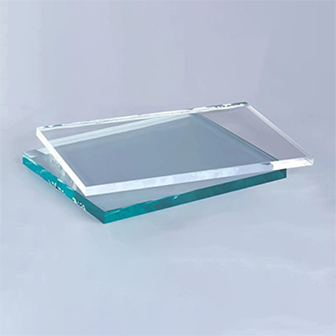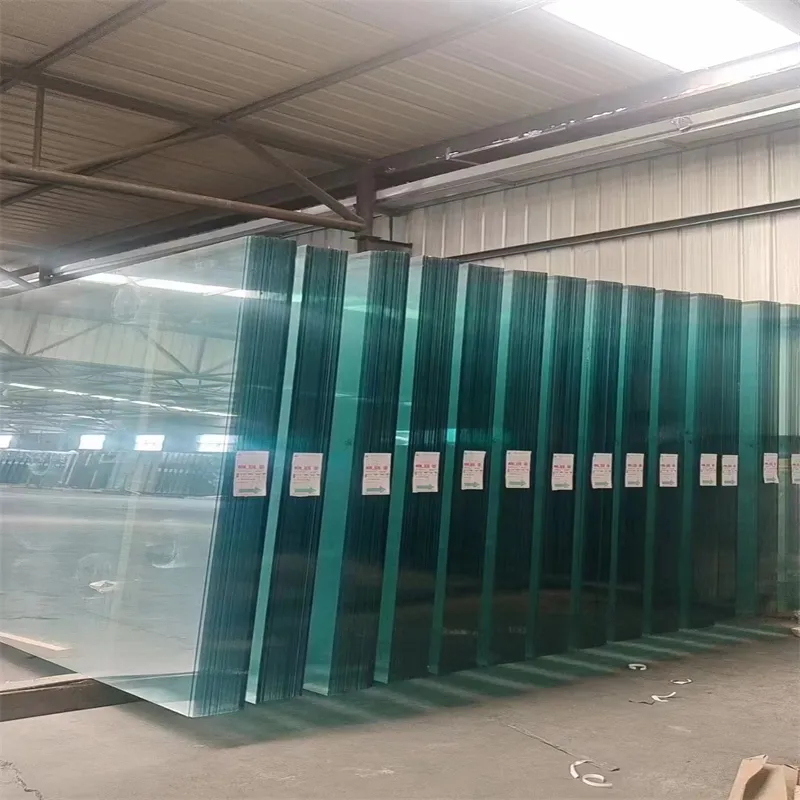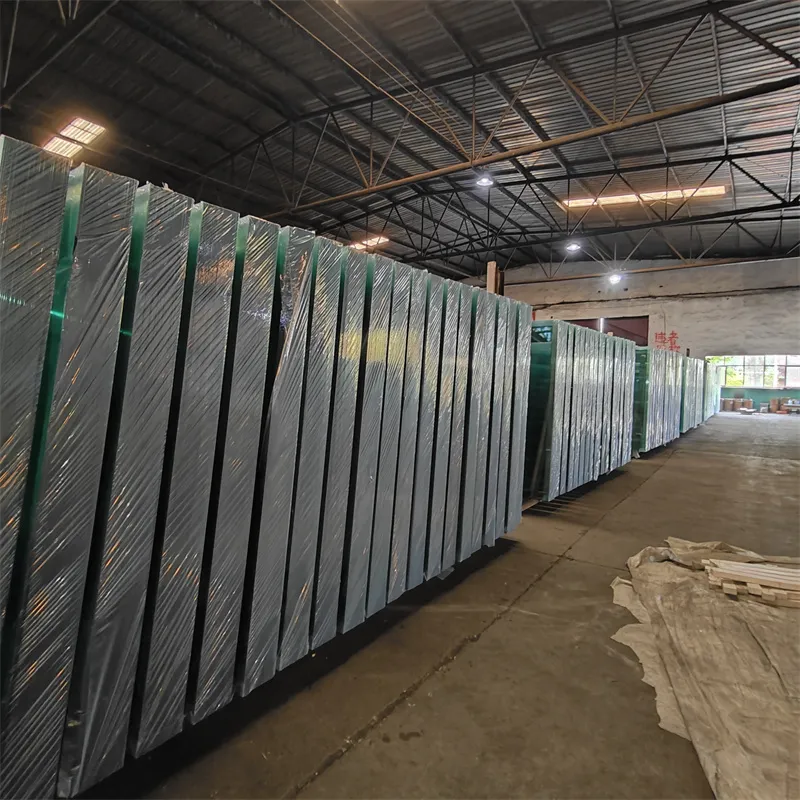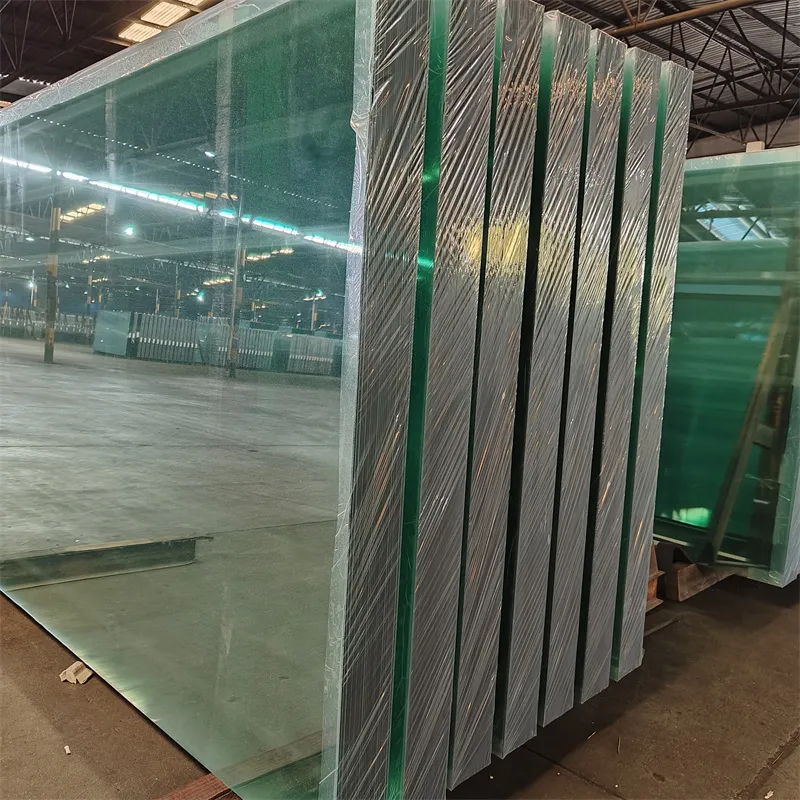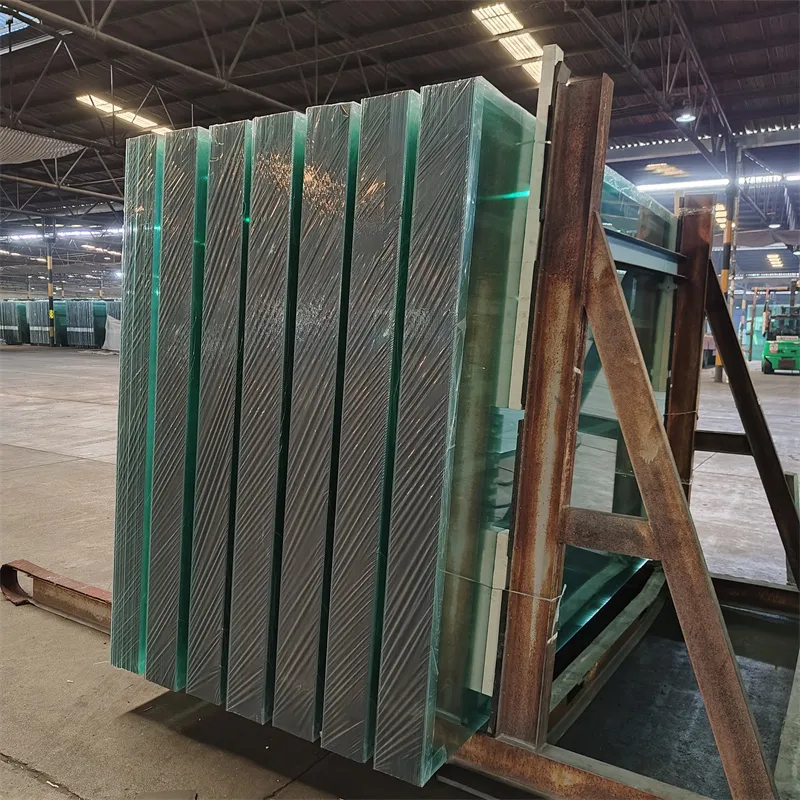Kính nổi
Kính nổi là gì?
Kính nổi, một loại kính phẳng được sản xuất thông qua quy trình "phao", được biết đến với độ dày đồng đều và độ phẳng mịn. Các đặc tính nổi bật của nó khiến nó trở thành vật liệu cơ bản được sử dụng rộng rãi nhất trong ngành công nghiệp kính. Cho dù trong xây dựng, trang trí nội thất hay lĩnh vực ô tô, kính nổi luôn giữ vị trí hàng đầu trong nhiều ứng dụng khác nhau.
Làm thế nào để tạo ra kính nổi?
Nguyên liệu thô và nấu chảy: Nguyên liệu thô chính để sản xuất kính nổi bao gồm cát silic, tro soda, fenspat và dolomit, được trộn theo tỷ lệ nhất định và nung trong lò ở nhiệt độ 1600℃ để tạo thành kính nóng chảy.
Quy trình nổi: Sau đó, thủy tinh nóng chảy được đổ vào bồn thiếc, tại đây thủy tinh sẽ lan rộng và tạo thành một lớp mịn trên bề mặt thiếc nóng chảy.
Ủ: Sau khi được làm nguội dần và ủ, các tấm kính nổi sẽ được định hình hoàn chỉnh.
Các loại kính nổi
Theo màu sắc, kính nổi có thể được chia thành kính nổi trong suốt, kính nổi siêu trong (low iron float glass), and kính màu.
According to quality, float glass can be divided into the level of Q1(none for visible bubbles, distortions, or blemishes), Q2(has little number of bubbles, distortions, or blemishes), and Q3(there are obvious bubbles and other blemishes).
Float Glass Advantages
Bề mặt nhẵn và phẳng: Quá trình nổi đảm bảo kính có độ phẳng và mịn cao.
Sức mạnh thể chất: Loại kính này có độ bền vật lý tốt hơn kính tấm, có thể giảm đáng kể nguy cơ vỡ trong quá trình vận chuyển.
Độ dày đồng đều: Kính nổi duy trì độ dày đồng đều, đáp ứng nhu cầu của nhiều ứng dụng khác nhau.
Độ trong suốt cao: Kính nổi, được biết đến với đặc tính quang học tuyệt vời và khả năng truyền sáng cao, mang lại độ trong suốt đặc biệt. Đặc biệt, kính nổi siêu trong thường đạt được khả năng truyền sáng trên 91,5%.
Chi phí thấp: Quy trình sản xuất kính nổi có ưu điểm là tính liên tục, tự động hóa cao, tỷ lệ sử dụng vật liệu cao và mức tiêu thụ năng lượng tương đối thấp, khiến chi phí thấp hơn đáng kể so với kính tấm khi sản xuất quy mô lớn.
Float Glass Applications
As an excellent basic material, float glass is widely used in industries such as construction, decoration, automobiles, home appliance panels, and solar glass due to its advantages of high quality, low cost, and large production capacity.
Tường kính: Kính nổi được gia công thành kính phủ hoặc kính màu, thường được sử dụng làm vách kính của các tòa nhà cao tầng thương mại như tòa nhà văn phòng lớn, khách sạn, v.v.
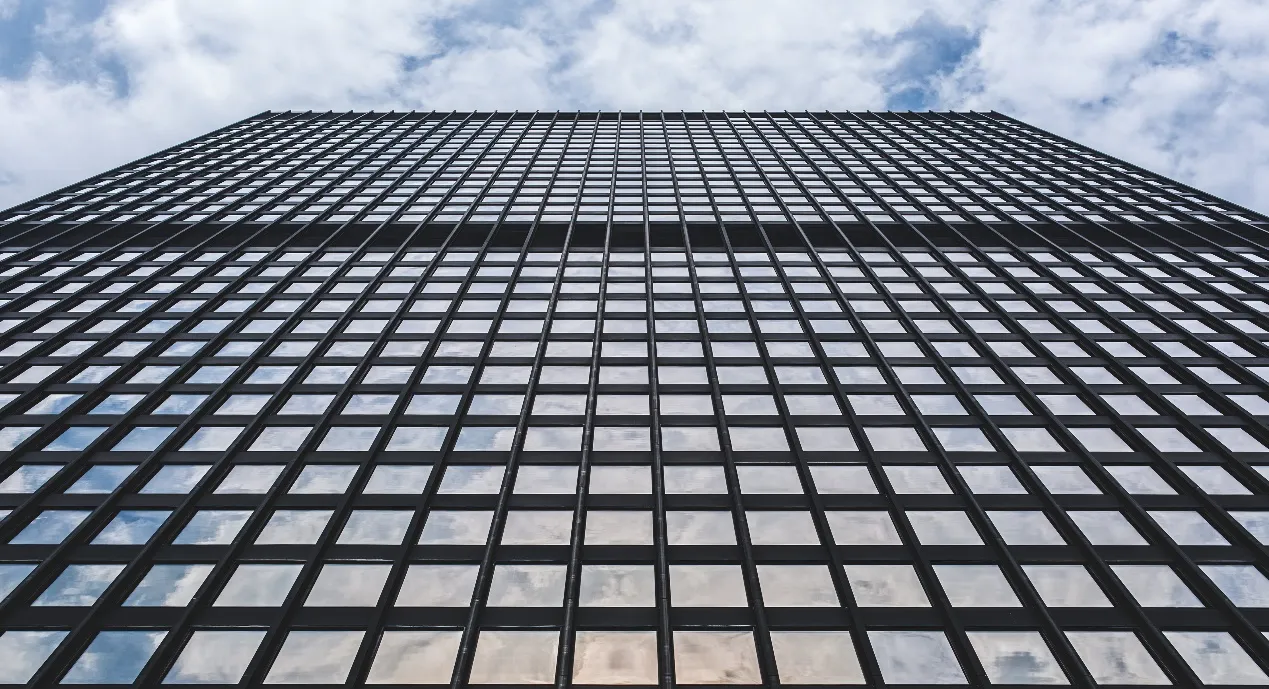
Cửa sổ và cửa kính: Trong thiết kế tòa nhà hiện đại, kính nổi được sử dụng rộng rãi ở hầu hết mọi công trình. Đối với nhiều cửa hàng ven đường, cửa kính và cửa sổ thường được lựa chọn để tăng khả năng hiển thị, trưng bày sản phẩm và bố cục bên trong cửa hàng hiệu quả hơn. Trong nhà ở, kính nổi đã qua xử lý thường được sử dụng, chẳng hạn như các đơn vị kính cách nhiệt (IGU) để cách nhiệt tốt hơn, kính mờ để tạo điểm nhấn trang trí thanh lịch và kính cường lực để tăng cường an toàn.
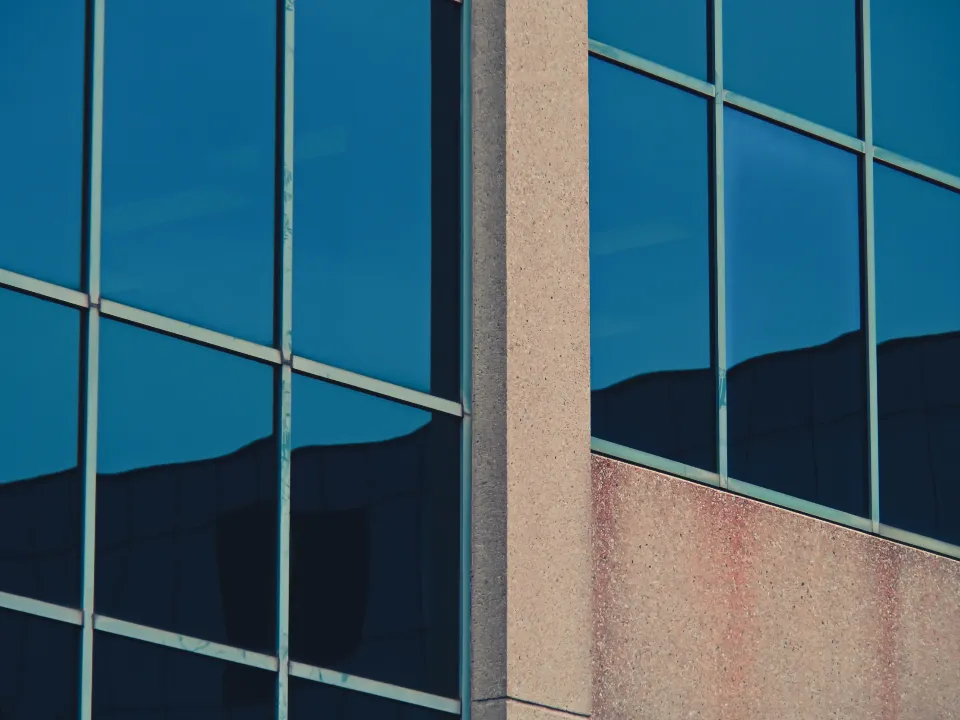
Kính ô tô: Kính ô tô thường chọn kính nổi chất lượng cao cấp Q1, được tôi luyện và dán nhiều lớp để có khả năng chống va đập mạnh và chống vỡ, đảm bảo an toàn tuyệt đối cho người lái và hành khách.
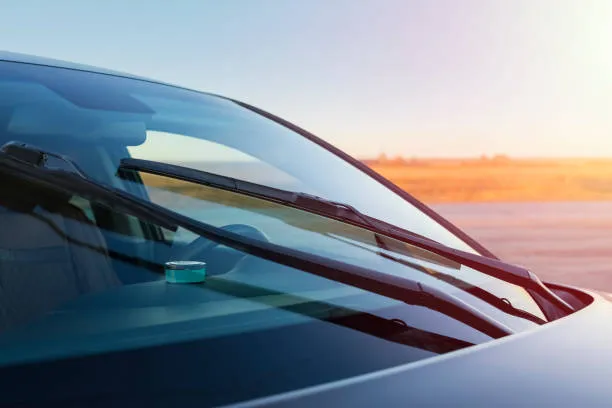
Kính Gương: Gương được chế tác từ kính nổi cao cấp, đảm bảo hình ảnh rõ nét, không bị biến dạng với chất lượng phản chiếu tuyệt vời.

Tấm ốp đồ nội thất và thiết bị gia dụng: Thông qua quá trình xử lý kính nổi tiếp theo, chúng tôi có thể sản xuất kính sơn, kính mờ, kính gốm frit và các loại kính khác phù hợp để sử dụng trong đồ nội thất và tấm ốp thiết bị.
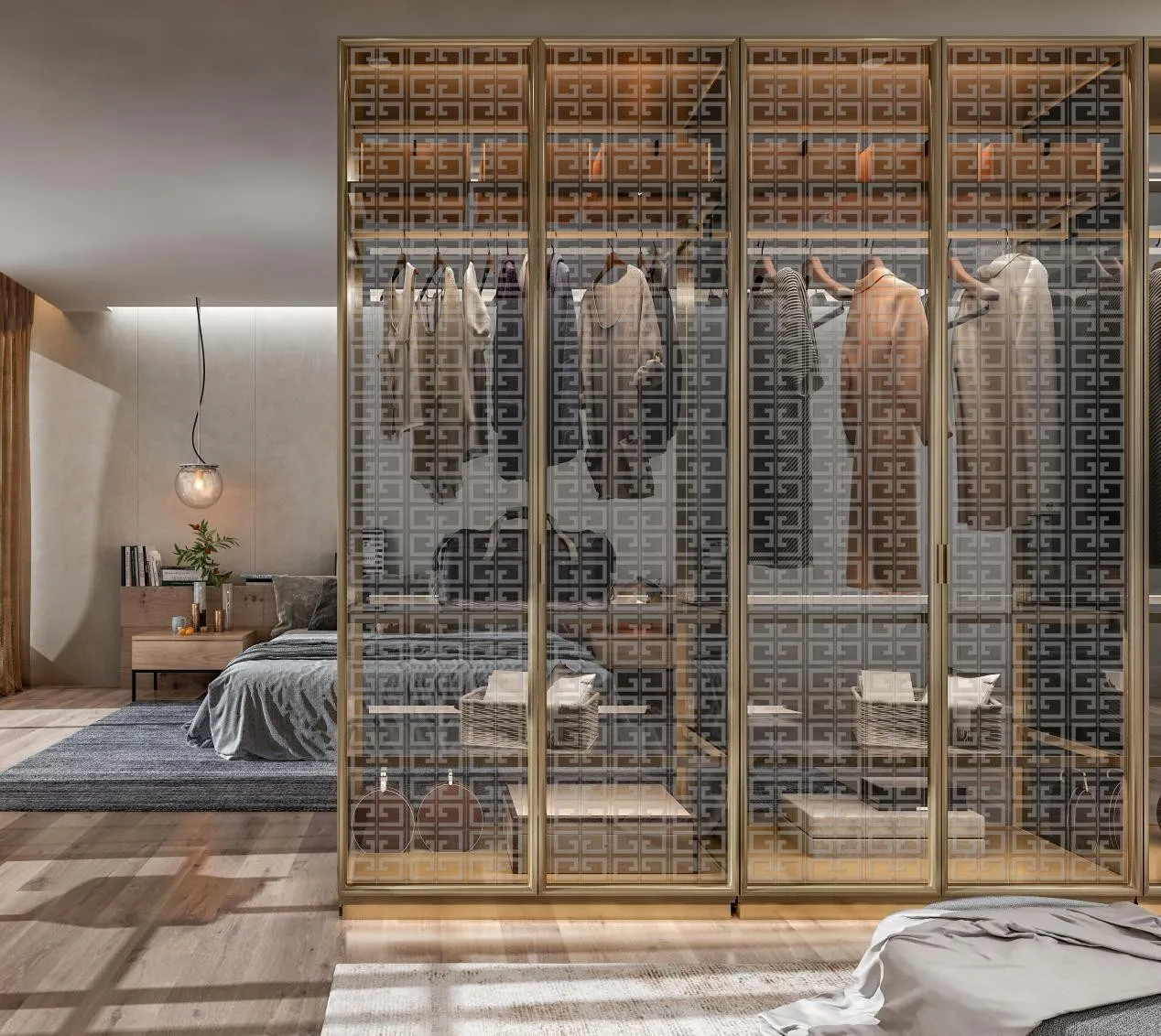
Chọn ShottGlass làm nhà cung cấp kính nổi chất lượng cao của bạn
We offer float glass with different levels of transparency and colors, and all sizes and thicknesses are available. If you have any custom ideas, we can help you realize them with our professional processing capabilities. Just contact us today to get more information about float glass, and we have the best quality and float glass price for you.
Float Glass Specifications And Màu sắc
|
Màu sắc |
Kính nổi trong suốt, Ultra Clear Glass, Kính màu |
|
Kích cỡ |
Maximum size is 3300 mm*12000 mm, other sizes based on your needs |
|
Độ dày |
1,1mm, 1,2mm, 1,3mm, 2mm, 3mm, 4mm, 5mm, 6mm, 8mm, 10mm, 12mm, 15mm, 19mm, v.v. |
Kính nổi được sử dụng để làm gì?
Float glass isn’t just glass—it’s the silent hero shaping modern life. Imagine a material so versatile it becomes windows in skyscrapers, windshields in your car, and the sleek display protecting your smartphone. This is the magic of float glass: flawlessly flat, optically pure, and engineered for possibility.
Architecture’s Clear Canvas
In construction, float glass transforms spaces. It floods offices and homes with natural light while providing thermal efficiency through coatings like low-e. From towering curtain walls to minimalist storefronts, its strength and clarity make it the backbone of contemporary design. Architects leverage it for everything from energy-efficient glazing to striking structural elements—turning buildings into beacons of innovation.
Automotive Excellence, Inside and Out
Your vehicle relies on float glass for safety and performance. As windshields, it’s laminated for impact resistance; as side windows, it’s tempered to shatter safely. Beyond visibility, it reduces noise and UV exposure, enhancing comfort on every journey. Electric vehicles even integrate it into panoramic roofs, merging durability with aesthetic appeal.
Interiors Reimagined
Step inside any modern space, and float glass defines the experience. It’s elegant shower enclosures resisting steam, seamless retail displays showcasing products, and sturdy tabletops combining form with function. Designers choose it for its adaptability—whether frosted for privacy or tinted for style, it elevates everyday environments.
Specialized Applications: Where Precision Matters
Float glass goes beyond the obvious. It’s the base for mirrors, the substrate for solar panels, and the essential layer in touchscreens. Laboratories use it for optically superior lenses, while appliances incorporate it for scratch-resistant oven doors. Its purity enables innovations in tech, renewable energy, and scientific instrumentation.
Why Trust Our Float Glass?
Crafted with advanced manufacturing, our float glass delivers consistency you can see. We prioritize optical clarity, minimal distortion, and customizable thickness (2mm to 19mm) for any project. Partner with us for material that isn’t just transparent—it’s transformative.
Build Clearer. Design Smarter.
From blueprint to finished product, float glass turns vision into reality. Discover how our solutions can elevate your next project—because when clarity matters, the foundation is everything.
Float Glass Process
At Shottglass, we believe that excellence starts at the foundation—and in the world of modern glassmaking, that foundation is the float glass process. Recognized globally as the gold standard for producing flat glass, this method ensures clarity, uniformity, and flawless finish in every sheet.
The float glass process begins by melting a precise mix of raw materials—primarily silica sand, soda ash, and limestone—at temperatures exceeding 1,500°C. Once liquefied, the molten glass flows gently onto a bath of molten tin in a carefully controlled atmosphere. Here, gravity and surface tension work in harmony to create a perfectly flat surface, eliminating the need for polishing or grinding.
As the glass glides across the tin bath, it gradually cools and solidifies into a continuous ribbon with an even thickness. It then enters the annealing lehr, a long heated tunnel that slowly reduces the temperature to prevent internal stresses and ensure the structural integrity of the glass. The result? Glass with outstanding optical clarity, smooth surfaces, and consistent thickness across every inch.
At Shottglass, we go beyond just the basics. Our state-of-the-art facilities apply decades of technical expertise to fine-tune each stage of the float glass process. From controlling particle size and purity in our raw materials to applying advanced coatings for UV protection, energy efficiency, or decorative finishes, every detail is engineered with purpose.
Our float glass is trusted across industries—from high-rise architecture and automotive windshields to furniture, interiors, and solar applications. Whether you need ultra-clear low-iron glass for a luxury storefront or tinted solutions for solar control, Shottglass delivers performance and quality you can see and feel.
Sustainability is also at the core of what we do. The float process is not only energy-efficient but also produces minimal waste. We recycle a large portion of glass cullet back into the production cycle, significantly reducing our environmental footprint.
Choose Shottglass for your next project and experience the precision, strength, and beauty only the finest float glass process can deliver. From raw material to refined sheet—clarity begins here.
Float Glass vs Clear Glass
When selecting the right type of glass for your construction or interior design project, one of the most common questions people ask is: What’s the difference between float glass and clear glass? While the terms are often used interchangeably, understanding the subtle distinctions can help you make a more informed, cost-effective choice.
Float glass is the most widely used form of flat glass today, and it gets its name from the unique manufacturing process. In this method, molten glass is poured onto a bed of molten tin, where it spreads out and forms a perfectly flat surface with uniform thickness. The result? A smooth, distortion-free glass ideal for windows, doors, mirrors, and facades. This technique gives float glass excellent optical clarity, strength, and a highly polished surface on both sides.
On the other hand, clear glass refers to the general appearance of the glass, specifically glass that doesn’t have a noticeable tint. In most cases, clear glass is actually float glass, but the key difference lies in the clarity. Standard float glass can have a slight greenish tint due to the natural iron content in the raw materials. This is still considered “clear” by most standards. However, for ultra-clear applications—like high-end display cases or luxury storefronts—you might opt for low-iron glass, which offers exceptional transparency without the green tint.
So, when you’re comparing float glass vs clear glass, it’s not a matter of choosing between two different products—it’s about understanding your project’s needs. For general residential and commercial glazing, standard float (or clear) glass is more than sufficient. But for high-visibility, precision-driven designs, you might want to look into low-iron float glass options for a truer “clear” effect.
When it comes to architectural precision, interior design, or even industrial use, understanding the difference between float glass and flat glass isn’t just technical—it’s essential. At Shottglass, we believe clarity should start with the material itself.
Float glass is a high-performance glass produced by floating molten glass on a bed of molten tin. This advanced method, used globally since the mid-20th century, ensures that the glass surface is incredibly smooth, uniform in thickness, and optically clear. For windows, facades, glass partitions, and even tabletops, float glass delivers both aesthetic appeal and structural integrity.
Flat glass, on the other hand, is a broader term. It refers to any glass manufactured in flat sheets, including float glass, but also includes older types such as drawn glass or rolled plate glass. While all float glass is flat, not all flat glass is float-quality. This distinction matters when you're comparing cost versus clarity, or aesthetics versus functionality.
At Shottglass, we specialize in manufacturing premium-grade float glass that meets the highest standards of flatness, transparency, and durability. Whether you're working on a sleek commercial tower or a minimalist residential project, our float glass offers unmatched performance. It’s ideal for further processing—laminating, tempering, coating, or insulating—making it the foundation of modern glazing systems.
Our flat glass offerings are suited for cost-effective applications where precision is less critical but safety and usability still matter. Think picture frames, cabinet doors, or greenhouses—places where utility comes first, but appearance still counts.
Choosing between float glass vs flat glass depends on your project’s purpose. But when quality, reliability, and visual clarity are non-negotiable, float glass from Shottglass is the clear winner. Every panel is produced with exacting care, giving architects, designers, and builders a product they can trust.
Let Shottglass help you see the difference—because it’s not just glass. It’s the surface between your vision and reality.
-
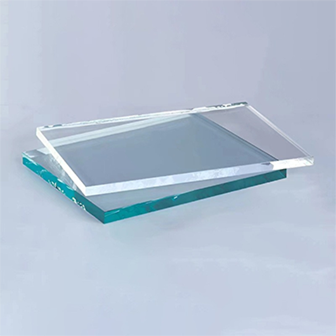 30May
30MayWhat is the Difference Between Float Glass and Normal Glass?
When it comes to sourcing glass for commercial, architectural, or industrial use, understanding the
tìm hiểu thêm -
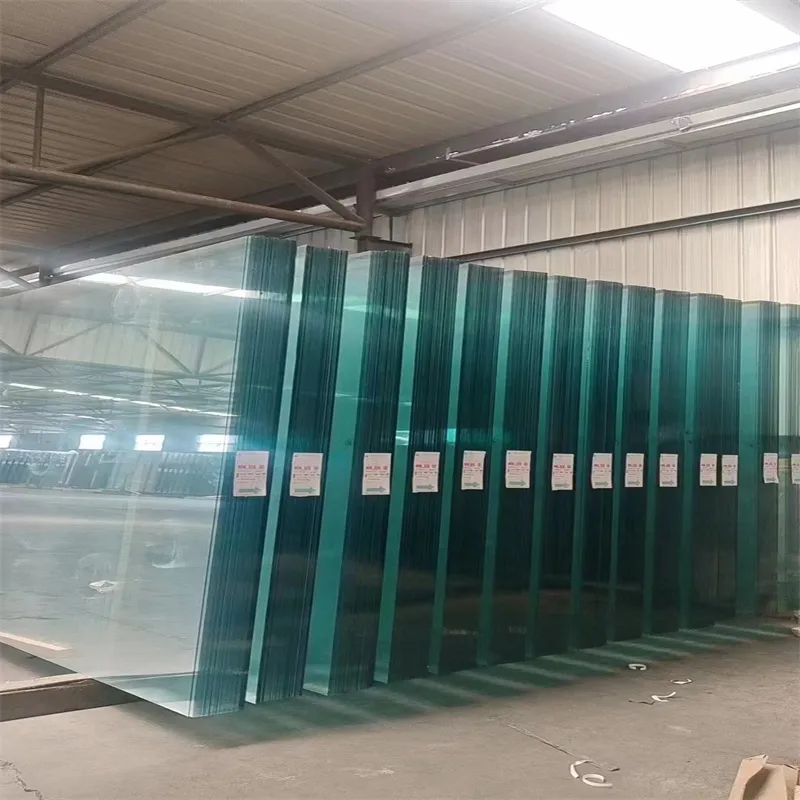 29May
29MayDifferences Between Float Glass, Tempered Glass and Laminated Glass
Glass plays an essential role in modern architecture, furniture, transportation, and interior design
tìm hiểu thêm -
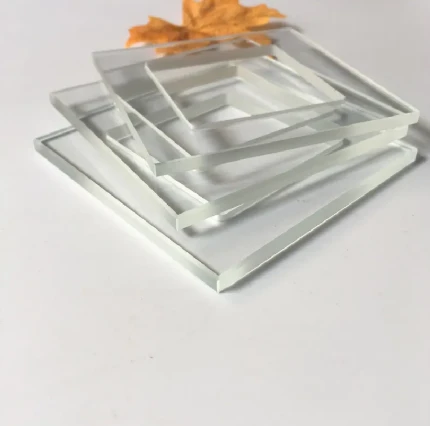 16May
16MayThe Wonders of Ultra Clear Glass: Perfect Clarity for Every Application
Ultra clear glass is a remarkable innovation in the glass industry, offering exceptional clarity and minimal distortion.
tìm hiểu thêm


